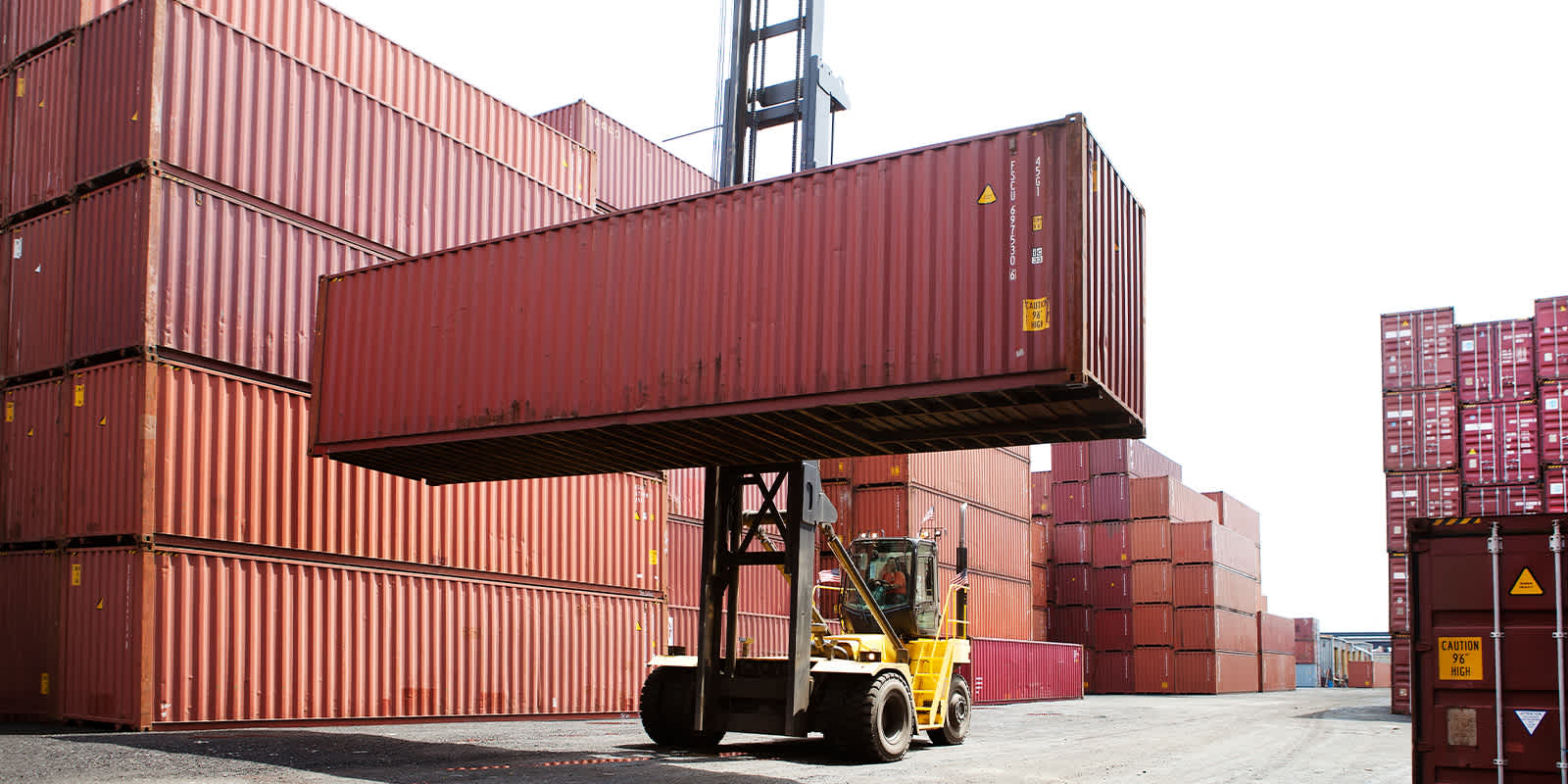
June 9, 2021
Delays Knock Capacity Back During Import Super-Boom
Delays Knock Capacity Back During Import Super-Boom
Here’s how rough it is on the Transpacific: Carriers would have needed to increase their weekly capacity by 25% to compensate for the vessel delays of 2021 so far. That’s the recent take from research from Sea-Intelligence.

There are plenty of theories about what kicked off the current capacity crisis. Covid, for starters—but that’s not the whole story.
Today’s ocean market is caught in a vicious cycle. Another common narrative says the cycle is due to shortages. There aren’t enough containers, chassis, labor, berths, sailings, you name it.
It’s true these factors drive continued turmoil, but the Sea-Intelligence data suggests the real culprit is port congestion, driven by American import demand. It’s a tough one to solve. Let’s take a look.
Global Demand Growth
According to Sea-Intelligence, the annualized global growth rate from September 2020 until now has been around 4%. In March, it declined to 3%; in April to 2%. This isn’t necessarily crazy on its own.

As Sea-Intelligence points out, that means current market adversity could have happened under the same global demand conditions with or without the pandemic.
The difference here is how demand for American imports has developed.
US Import Demand
During the start of 2021, there was a boom in American import demand of more than 10%, compared to 2019. Calling this a boom is almost an understatement. This is extreme demand growth, the result of homebound consumers replacing experiences with goods, due to pandemic—and it’s enough to strain logistics infrastructure under any circumstances.

Adding to the impact, much of the demand is for bulky products, like furniture and home appliances. Flexport data shows that US imports of these bulkier goods are up from approximately double to approximately quadruple, compared to two years ago.

In logistics, it can take only one falling domino to set off a chain reaction. In 2020, quite a few were toppled. The US import super-boom created such deeply entrenched congestion—at coastal and inland ports—that the rest of the market is, in a word, a mess.
“The schedule delay-induced capacity shortage will persist until port congestion in both Asia and North America subside,” explains Anders Schulze, Flexport VP and Global Head of Ocean Freight. “We do not expect that to happen through the end of the year.”
Strategies for Congestion
While demand powers on, Schulze recommends a few general strategies to help move goods:
- Book up to 6 weeks or further in advance of cargo ready dates.
- Plan fewer TEUs per shipment to increase chances of timely arrivals.
- Ensure accurate cargo ready dates and stick to your shipping order.
- Transload to circumvent rail congestion and improve predictability.
- Invest in premium services, even when more expensive, to prioritize speed.
- Consolidate goods using LCL shipments or OceanMatch, especially for certain SKUs that may be important to receive on time.
- Look into non-operating reefers that may have prioritized equipment and space.
- Explore alternative routing options away from congested ports.
Learn more about ocean capacity trends in the Freight Market Update or sign up for Flexport.



